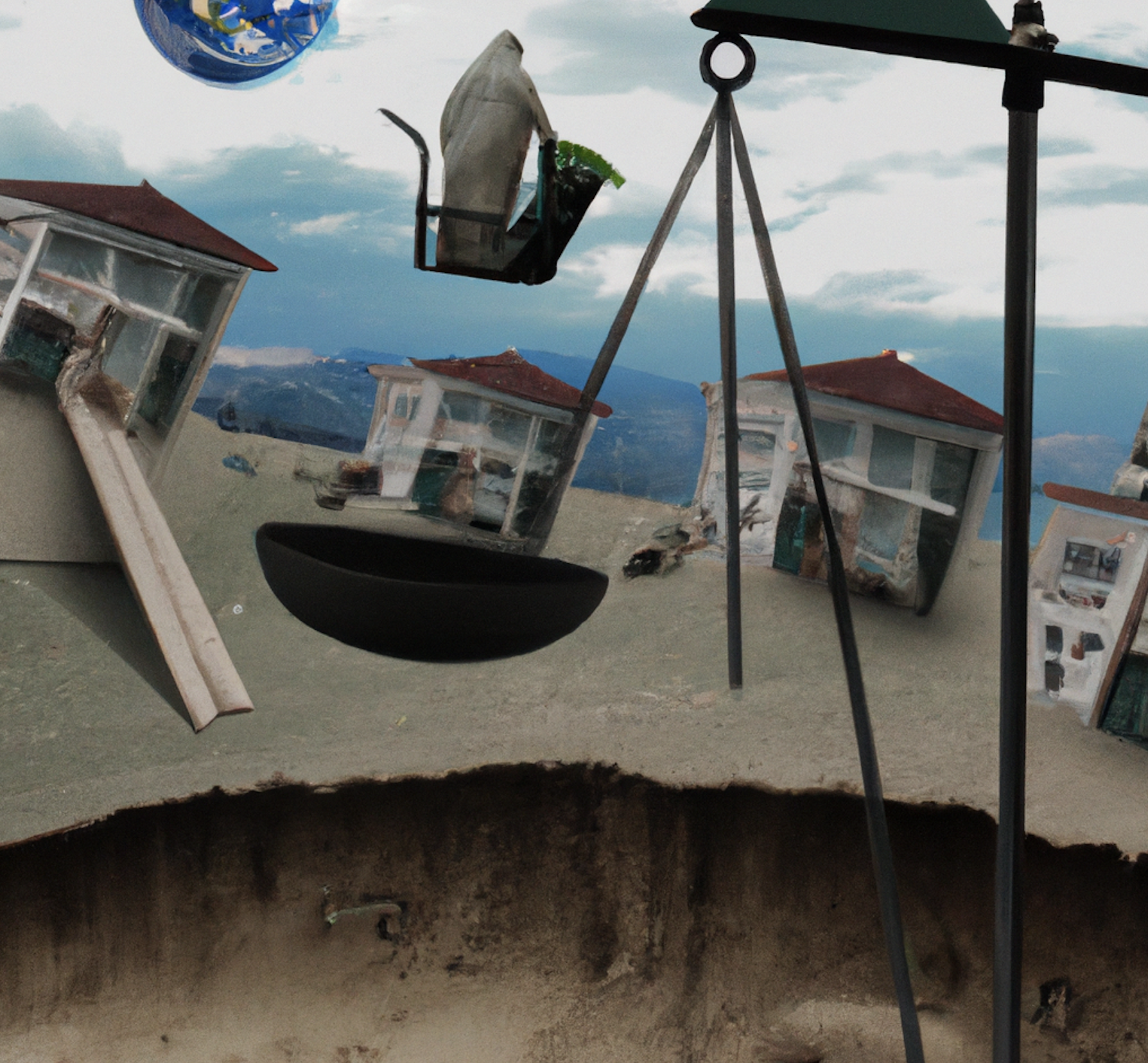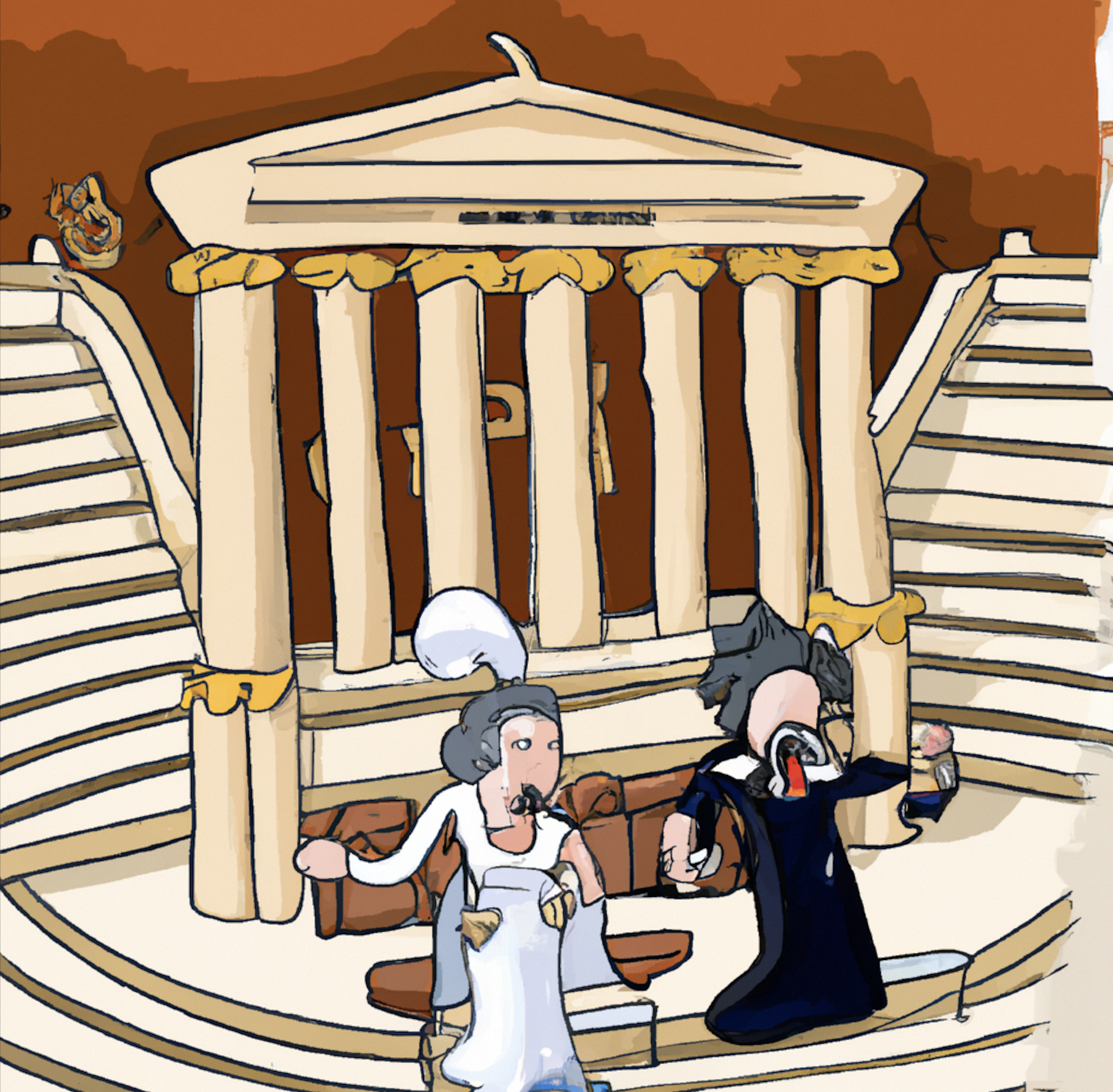Visual criminology and lives lived in public space
In January 2017, several homeless people gathered outside Flinders Street Station in Melbourne, Australia. The gathering gained significant media attention and led to an immediate political response, with the city council proposing changes to ban rough sleeping in the city. Drawing on insights from visual criminology and moral geography, I scrutinise how visual regimes and aesthetic judgements helped motivate this punitive response. To do so, I combine ten in-depth interviews with homelessness service providers and a critical discourse analysis of how Melbourne’s two daily newspapers reported on the camp. I identify how the newspapers represent homeless people as violating the idealised aesthetics of the city, a violation which comes to discursively justify their criminalisation. Moreover, the way a person looks and their belongings, if stored in public space, direct their reception and whether or not they become subjected to police interventions. Finally, representations of homelessness matter and alternative representations of homeless people could shift the emphasis away from criminalisation, in favour of policy responses to homelessness attuned to structures of social and economic inequalities.
https://doi.org/10.1080/13604813.2021.1885915
Kajsa Lundberg is a PhD candidate in the School of Social and Political Sciences at the University of Melbourne. Email: klundberg@student.unimelb.edu.au





